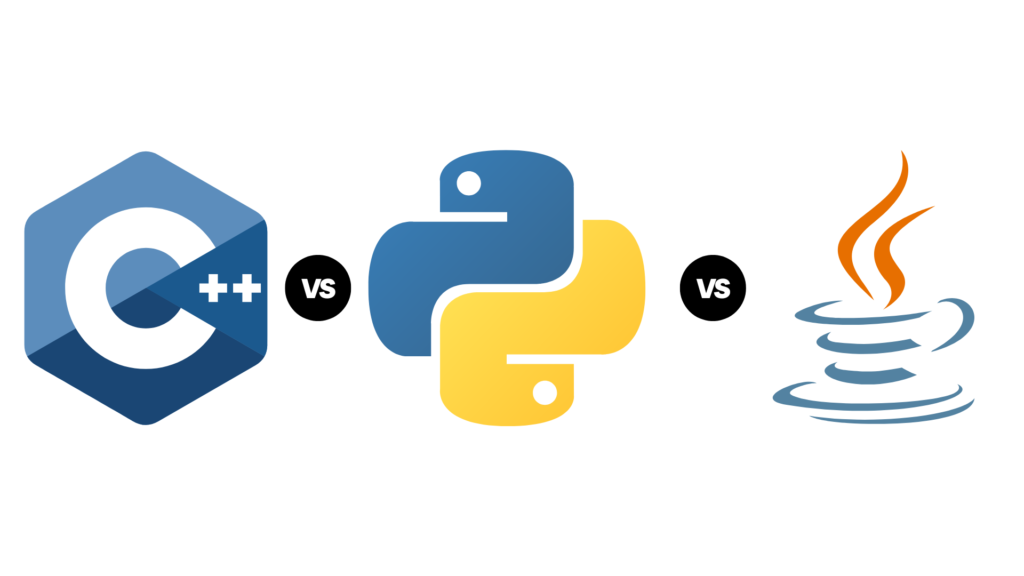
Some companies use several programming languages when creating a graphical user interface (GUI). Some popular choices include C++, Java, and Python. Each language has pros and cons, and the Best Programming Language For GUI will depend on your specific needs and requirements.
C++ is a powerful language often used to create large-scale, high-performance applications. It is also commonly used for creating desktop applications and games. Java is another popular choice for GUI development, as it offers a wide range of libraries and frameworks for building desktop and web-based applications. Java’s “write once, run anywhere” philosophy makes it an excellent choice for creating cross-platform applications. Python is a popular language for GUI development due to its ease of use, readability, and many available libraries and frameworks. That makes it an excellent choice for beginners and for creating small to medium-scale applications.
For comparison, we will discuss more details about the following languages:
- Python.
- Java.
- C++
Python
Python is a general-purpose programming language used in many fields, from engineering to web development to artificial intelligence. Python can be used for small and large projects, making it one of the most popular coding languages. Python has a low learning curve and is easy to understand once you take the time to learn how it works. That means it’s excellent for beginners! Python a high-level language because it uses fewer lines of code than other languages like C++ or Java is considered.
Pros
- Python is a popular language for GUI development due to its ease of use, readability, and many available libraries and frameworks.
- It’s great for beginners and for creating small to medium-scale applications.
- Python has a garbage collector to handle memory management
- It’s an interpreted. language, which can make development faster.
Cons
- Python can be slower than other languages.
- It can have performance issues with large datasets.
- It’s not as widely used for desktop application development as other languages.

Java
Java is a general-purpose language to create desktop, web-based, and mobile applications. Java developers can use the same skills to build software for multiple platforms. Java defines variables by their types rather than just their names; this ensures that data will be stored appropriately in its correct space within the memory. In other words: The compiler knows what everything is supposed to look like before any code runs!
Pros
- Java’s “write once, run anywhere” philosophy makes it an excellent choice for creating cross-platform applications.
- Java has a wide range of libraries and frameworks for building both desktop and web-based applications.
- It’s a popular language for GUI development, so a large community and many resources are available.
- It has a garbage collector to handle memory management.
Cons
- Java can be slower than other languages.
- It can be verbose and requires a lot of boilerplate code.
- It can have performance issues with large datasets.
C++
C++ is a general-purpose programming language that allows you to do anything. It is a statically typed, free-form, multi-paradigm, compiled, standard-compliant imperative computer programming language developed by Bjarne Stroustrup starting in 1985 at Bell Labs. C++ was designed with a bias toward system programming and embedded, resource-constrained, and large systems (e.g., it lacks garbage collection). C++ is also valid for many other uses, including websites and GUI development.
Pros
- It’s a powerful language that can handle large-scale, high-performance applications.
- C++ has a large number of libraries and frameworks available for GUI development.
- It’s a compiled language that can be faster than interpreted languages.
Cons
- C++ has a steep learning curve and can be difficult for beginners.
- It can be prone to memory leaks and other memory management issues.
- The syntax can be complex and protracted.
- It could be better suited for rapid application development.
Conclusion
In conclusion, the best programming language for GUI development depends on the specific needs of the project and the developer’s experience and expertise. C++, Java, Python, and C# are all popular choices for GUI development, each with pros and cons. C++ is a powerful language often used for creating large-scale, high-performance applications, desktop applications, and games. Java is excellent for cross-platform applications and offers many libraries and frameworks, whereas Python is famous for its ease of use, readability, and many available libraries and frameworks.
C# for developing windows desktop applications, games, mobile and web applications with the help of the .NET framework. It is essential to consider the project’s requirements, the developer’s experience and expertise, and the available libraries and frameworks before deciding which language to use for GUI development.
FAQs
The best programming language for GUI development depends on the specific needs of the project and the developer’s experience and expertise. Some popular choices include C++, Java, Python, and C#. Each language has pros and cons; the best option will depend on your requirements.
C++ is a powerful language for creating large-scale, high-performance applications. It is also commonly used for creating desktop applications and games. It has many libraries and frameworks available for GUI development, and it’s a compiled language that can be faster than interpreted languages.
Java’s “write once, run anywhere” philosophy makes it an excellent choice for creating cross-platform applications. Java has a wide range of libraries and frameworks for building both desktop and web-based applications. It’s a popular language for GUI development, so a large community and many resources are available. It also has a garbage collector to handle memory management.
Python is a popular language for GUI development due to its ease of use, readability, and many available libraries and frameworks. It’s great for beginners and for creating small to medium-scale applications. It also has a garbage collector to handle memory management, and it’s an interpreted language, which can make development faster.
C# for developing Windows desktop applications, and games, for creating mobile and web applications with the help of the .NET framework. C# has a large community, many resources, and a garbage collector to manage memory.
C++ has a steep learning curve and can be difficult for beginners. It can be prone to memory leaks and other memory management issues.
